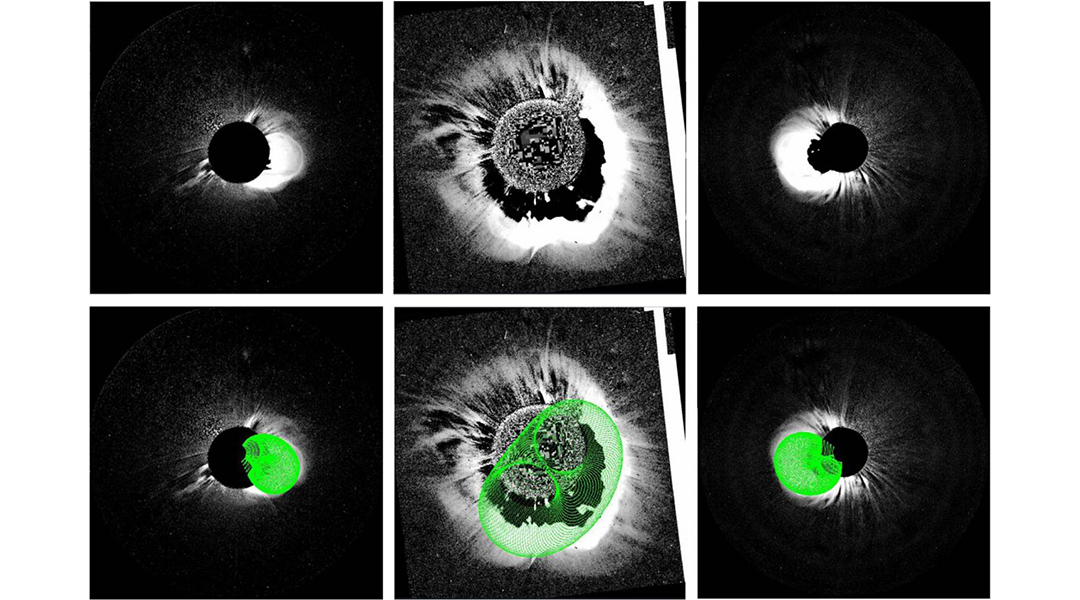Study shows that temperature changes have a smaller effect on transmission than policy interventions like lockdowns and social distancing.



Study shows that temperature changes have a smaller effect on transmission than policy interventions like lockdowns and social distancing.

Astronomers have discovered a new, temperate sub-Neptune sized exoplanet with a 24-day orbital period orbiting a nearby M dwarf star.

To many, space weather may seem like a distant concern, but predicting its effects on Earth are important for resilience against potential hazards.

Researchers build a biodegradable mini-capacitor that consists of carbon, cellulose, glycerin, and table salt — and it works reliably.

A new class of hydrogels leverage light for better drug delivery and regenerative medicine treatment.

Changing the shape of soft matter using circuits made from DNA.

A new conjugated polymer provides opportunity to improve insulating materials around high-voltage cables for more efficient power transmission.

New image made using NASA’s Chandra X-Ray Observatory hints at previously unknown interstellar energy source at the Milky Way center.

A new biochip can quickly evaluate anticancer drug toxicity and penetration across an advanced blood–brain barrier model.

Researchers have flipped traditional 3D printing to create some of the most intricate biomedical structures yet.